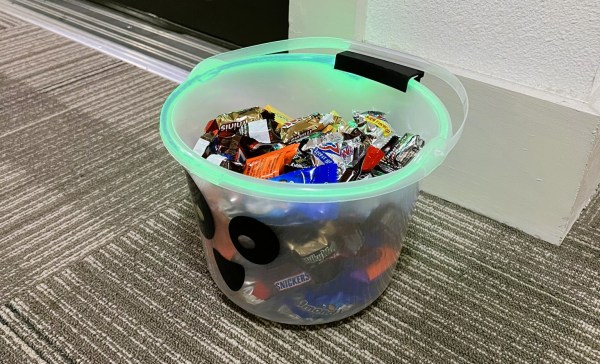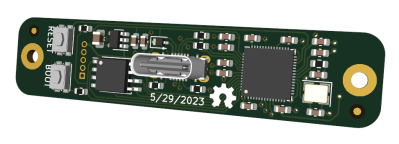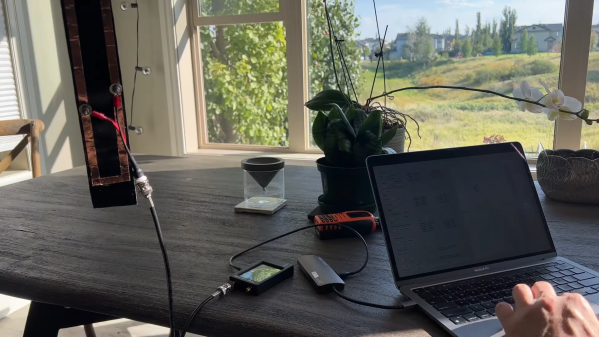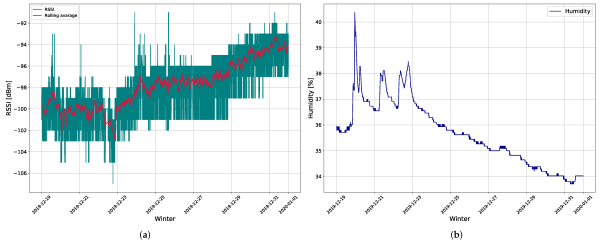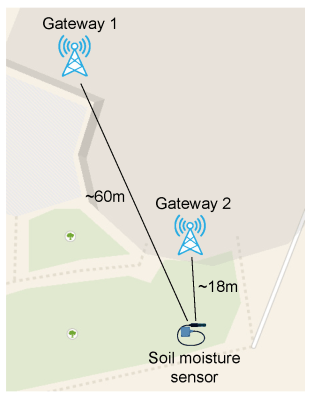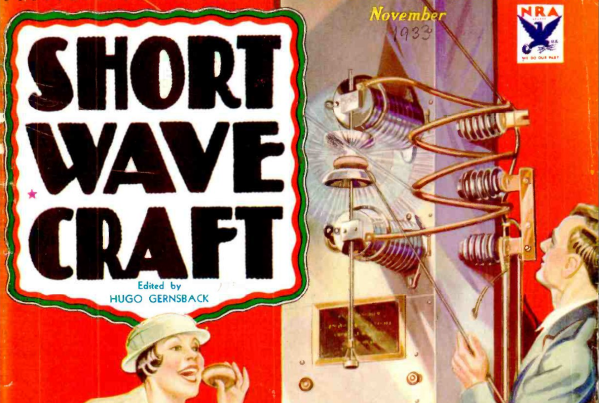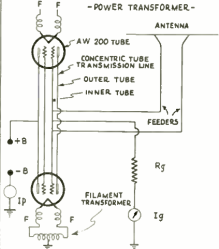Leading out the news this week is a report of “BlackTech”, an Advanced Persistent Threat (APT) group that appears to be based out of China, that has been installing malicious firmware on routers around the world. This firmware has been found primarily on Cisco devices, and Cisco has released a statement clarifying their complete innocence and lack of liability in the matter.
It seems that this attack only works on older Cisco routers, and the pattern is to log in with stolen or guessed credentials, revert the firmware to a yet older version, and then replace it with a malicious boot image. But the real fun here is the “magic packets”, a TCP or UDP packet filled with random data that triggers an action, like enabling that SSH backdoor service. That idea sounds remarkable similar to Fwknop, a project I worked on many years ago. It would be sort of surreal to find some of my code show up in an APT.
Don’t Look Now, But Is Your GPU Leaking Pixels
There’s a bit debate on who’s fault this one is, as well as how practical of an attack it is, but the idea is certainly interesting. Compression has some interesting system side effects, and it’s possible for a program with access to some system analytics to work out the state of that compression. The first quirk being leveraged here is that GPU accelerated applications like a web browser use compression to stream the screen view from the CPU to the GPU. But normally, that’s way too many pixels and colors to try to sort out just by watching the CPU and ram power usage.
And that brings us to the second quirk, that in Chrome, one web page can load a second in an iframe, and then render CSS filters on top of the iframe. This filter ability is then used to convert the page to black and white tiles, and then transform the white tiles into a hard-to-compress pattern, while leaving the black ones alone. With that in place, it’s possible for the outer web page to slowly recreate the graphical view of the iframe, leaking information that is displayed on the page.
And this explains why this isn’t the most practical of attacks, as it not only requires opening a malicious page to host the attack, it also makes some very obvious graphical changes to the screen. Not to mention taking at least 30 minutes of data leaking to recreate a username displayed on the Wikipedia page. What it lacks in practicality, this approach makes up for in cleverness and creativity, though. The attack goes by the GPU.zip moniker, and the full PDF is available. Continue reading “This Week In Security: Magic Packets, GPU.zip, And Enter The Sandman” →
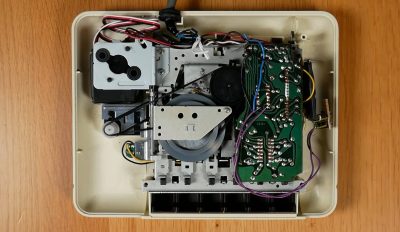 What? Let us explain. Those with Commodore 64s who lacked disk drives often had the Datassette — a magnetic storage tape device, or cassette player used to load and save files. But they couldn’t open the doors themselves with a keypress, and they certainly couldn’t sing barbershop.
What? Let us explain. Those with Commodore 64s who lacked disk drives often had the Datassette — a magnetic storage tape device, or cassette player used to load and save files. But they couldn’t open the doors themselves with a keypress, and they certainly couldn’t sing barbershop.

